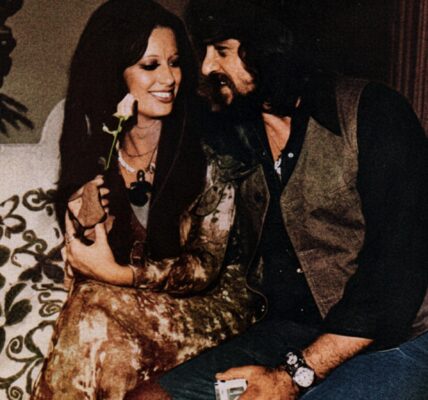
About the Song
Released in 1967 as part of the album Waylon Sings Ol’ Harlan, “Sunset and Vine” stands as one of Waylon Jennings’ most evocative reflections on ambition, regret and the terrain between home and the neon lights of Hollywood.
The song opens with the narrator leaving a farm in Texas and finding himself “staring at a sign that read Sunset and Vine.” This intersection—most famously in Hollywood—becomes more than just a street corner; for Jennings it’s the symbol of chasing dreams, losing part of yourself, and wishing you’d stayed behind when the shimmer fades.
Waylon’s delivery is uncluttered and honest. His voice—still rooted in the East Texas plains but seasoned with wear from the road—is perfectly suited to the narrative. The arrangement remains spare: gentle guitar, subtle backing, no excess; so that the listener can feel the words almost like a confessional. By keeping the instrumentation modest, Jennings offers us a clear window into the lyric’s emotional truth.
For older listeners especially, “Sunset and Vine” resonates as the mirror of real life. We’ve seen folks hit the big city lights, encounter big cars and beautiful women, “get their name in the sidewalk,” and still wake up missing home. The song doesn’t rail against ambition—it simply maps the cost of it, the ache of being away, the recognition that perhaps the place you left behind held more meaning than the place you arrived.
Within the context of Waylon Sings Ol’ Harlan—an album built entirely of songs by the prolific Nashville songwriter Harlan Howard—this track stands out for its vivid specificity and emotional landscape. Here, Jennings isn’t playing the youthful charmer; he’s sounding thoughtful, aware, weary and real.
In short: “Sunset and Vine” is a quietly powerful song about choices, place, identity, and the way the road can both free and unmoor us. If you’ve ever wondered whether the grass really was greener, or what it costs to chase something far away from what you knew—this song will speak with the quiet ache of memory and the clarity of hindsight.
Video




